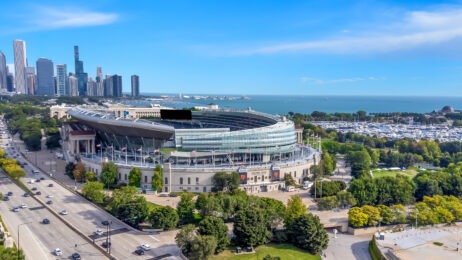Planning at least three months ahead could save as much as 10 percent on the bottom line, according to a new 2019 Meetings & Events Future Trends study from Carlson Wagonlit Travel Meetings and Events (CWT M&E). The optimum time for booking meetings for small groups was pegged at more than 30 days; for large groups, that window expanded to more than 75 days. Outside of these booking windows, potential savings dip by 5–10 percent, the report found.
Related: MPI Report: Shorter, More Frequent Meetings
Ian Cummings, CWT M&E vice president, said in the report, “Our challenge is to get event planners and CMOs thinking about their programs…at least six months in advance.”
In a follow-up interview, Beau Ballin, CWT M&E senior director and business development, cited two challenges being faced by planners in the field. The first is that rates are increasing. This is due to limited inventory and a significant increase in demand on the leisure side. The second is that, although historically many bookings were made far in advance, companies today find it difficult to commit as early. “The current reality is that even with an improving economy and a need to increase lead time, we still see clients coming to us for large events and looking to book and secure space in a time frame of less than six months,” he said. The result is limited availability and extremely high rates, leading to an increase in popularity for second-tier cities.
Power of Strategy
Taking a holistic look at operations using Strategic Meetings Management (SMM) could help further reduce costs, according to the report. By increasing visibility and control of spend using data analysis, SMM can reduce time expended on sourcing by 22 percent and yield a 19 percent savings in room-night costs—all while shrinking risk and delivering high attendee satisfaction. “Consolidation of a meeting program can help with pricing…The possibility of finding savings amid high demand is there for the taking; it is just a matter of planning ahead for a year of events that will motivate, drive knowledge and ultimately lead to business success,” said the report.
Another tool called out in the report for cost savings is integrating online booking for group transportation into event registration platforms. “This allows attendees to have access to the event’s preferred flights and hotels in one place. As with general business travel, it can significantly reduce costs for clients,” the report concluded. Keeping everyone on the same schedule can also simplify transfers and the tracking of arrivals and departures.
Related: The Thoroughly Modern Event Budgeting Checklist
Measured Success
Different types of meetings measure the success of a program differently. “Consumer meetings may measure sales three months, six months or a year later. Did employee performance improve? Did sales increase? But post-event surveys are still where most of the feedback comes from,” Ballin said.




